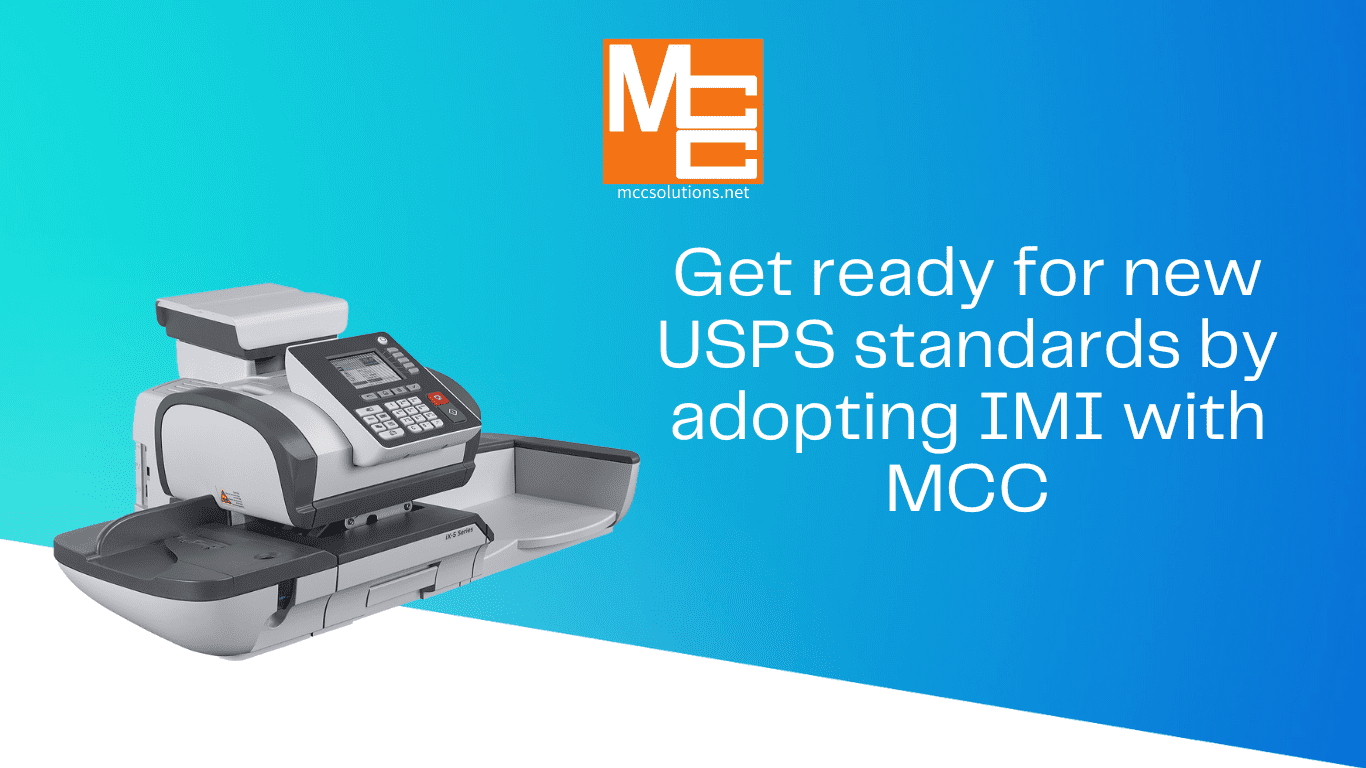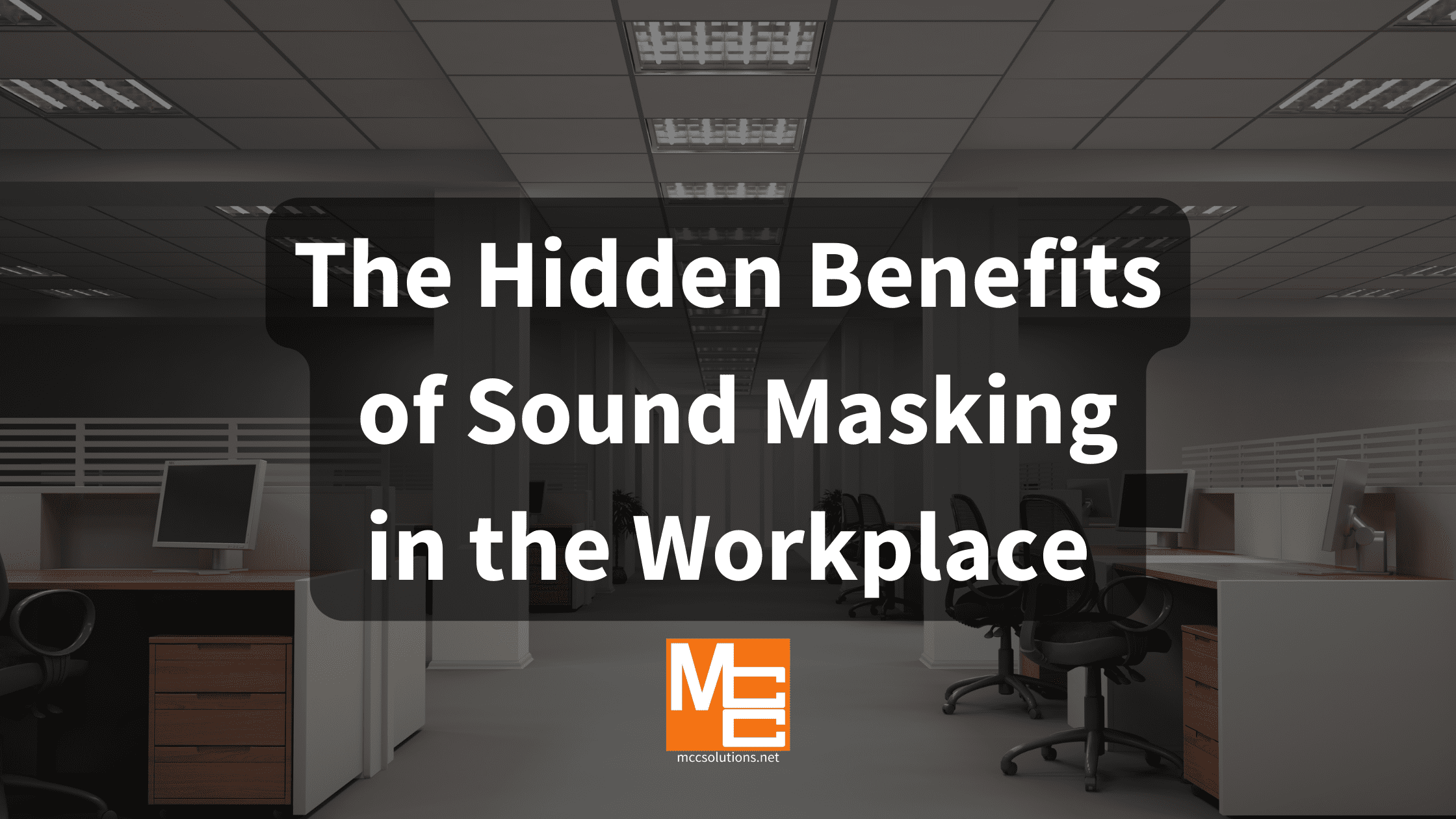Our Blog
Latest News
Uncover the latest industry breakthroughs, master savvy tips, and explore how cutting-edge office technology can transform your business finances. Stay ahead of the curve and unlock your potential – all with just a click!
Top 5 Document Management Pain Points
Our Blog Top 5 Document Management Pain Points In today’s fast-moving business world, managing documents well is essential. Businesses run…
How to Choose the Right Copier for Your Business
Learn how to choose the right copier for your business with MCC's guide, offering practical solutions for maximum efficiency and…
Get ready for new USPS standards by adopting IMI with MCC
Using IMI-compliant mailing systems helps your business save money and work more efficiently. The deadline is June 30, 2024, and…
Understanding Certified Mail
Our Blog Understanding Certified Mail How ConnectSuite e-Certified Transforms Business Communications In the realm of business communications, the importance of…
High-Volume Mailing: Quality Meets Efficiency
Our Blog High-Volume Mailing Quality Meets Efficiency High-volume mailing can often pose unique challenges in today’s fast-paced business environment. Businesses…
Sound Masking in Modern Workspaces
Our Blog The Hidden Benefits of Sound Masking in the Workplace In the hustle and bustle of a typical office…
The Rising Trend of Direct Mail: Insights and Statistics for 2023
Our Blog The Rising Trend of Direct Mail Insights and Statistics for 2023 In a world where digital marketing has…
Boost Your Store Traffic with Digital Signage
Our Blog Boost Your Store Traffic with Digital Signage Convenience stores face unique challenges in attracting and retaining customers due…
Looking for something specific?
Want the latest news in your inbox?
Categories
Industries
Solutions
MCC News









